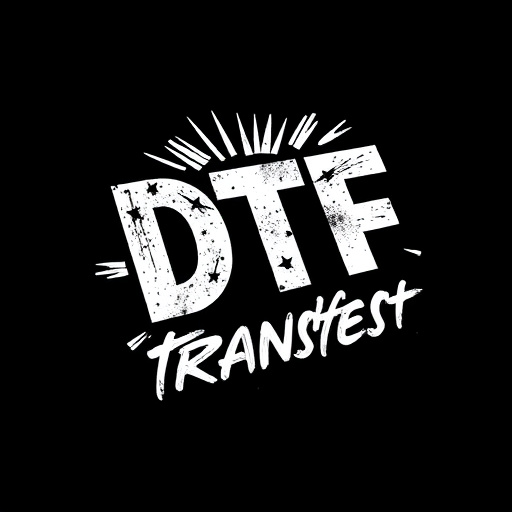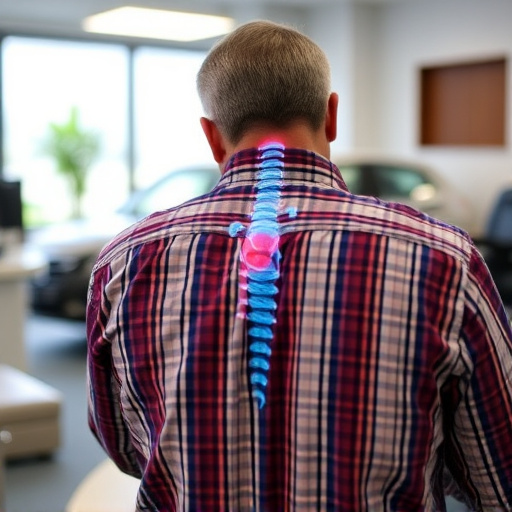Optimizing turbocharged engine performance through Cold Air Intake (CAI) systems requires ensuring CAI-turbo compatibility for seamless integration. By aligning CAI design, materials, and fitment with the turbocharger, enthusiasts can achieve efficient airflow, minimal back pressure, and reduced boost threshold, leading to improved throttle response and higher power outputs—typically seeing increases of 20-30% in horsepower across various vehicle types and driving conditions. Regular filter maintenance and fine-tuned timing/spark settings further enhance combustion efficiency for maximum turbo potential.
“Unleash your vehicle’s performance potential with the power couple: Cold Air Intake (CAI) systems and turbochargers. This article explores how their seamless compatibility can significantly reduce boost thresholds, enhancing both efficiency and power output. We’ll delve into the science behind these modifications, offering practical strategies to optimize results. From real-world success stories to expert tips, learn how CAIs and turbos work together to transform your driving experience, ensuring a smoother, more responsive ride with improved throttle response.”
- Understanding Cold Air Intake and Turbo Compatibility for Boost Threshold Reduction
- Strategies to Enhance Boost Threshold Results: Tips and Tricks
- Real-World Applications: Success Stories of Boost Threshold Reduction with CAI and Turbo Combinations
Understanding Cold Air Intake and Turbo Compatibility for Boost Threshold Reduction

Cold Air Intake (CAI) systems and turbochargers are often considered essential components in performance tuning for vehicles, especially those with boosted engines. When it comes to achieving optimal boost threshold reduction, understanding their compatibility is crucial. CAIs are designed to draw in cooler air from outside the engine compartment, increasing airflow and density, which can lead to more efficient combustion and improved turbocharger performance.
However, not all CAI systems are created equal when it comes to working in harmony with a turbo. The efficiency of this partnership depends on factors such as the CAI’s design, materials used, and overall fitment. To achieve the best results in boost threshold reduction, enthusiasts should opt for CAIs specifically engineered with turbo compatibility in mind, ensuring seamless integration and maximizing the potential of both components.
Strategies to Enhance Boost Threshold Results: Tips and Tricks

To maximize the benefits of a cold air intake (CAI) and turbo setup, it’s crucial to consider various strategies that enhance boost threshold results. One key tip is ensuring optimal turbo compatibility with your vehicle’s intake system. This involves matching the CAI design and flow characteristics with the turbocharger to maintain efficient air flow and minimize back pressure. Regularly cleaning or replacing air filters can also significantly impact boost levels, as a clogged filter restricts airflow, negatively affecting engine performance.
Additionally, fine-tuning your engine’s timing and spark settings can yield substantial gains. Advanced timing can improve combustion efficiency, allowing the turbo to reach higher pressures more swiftly. Similarly, optimizing spark timing ensures that fuel burns cleanly, reducing waste gases and enhancing boost pressure. These adjustments, combined with a well-maintained CAI and compatible turbo, can lead to improved throttle response and higher boost thresholds in your vehicle.
Real-World Applications: Success Stories of Boost Threshold Reduction with CAI and Turbo Combinations

In the realm of automotive performance, combining cold air intake (CAI) with turbochargers has proven to be a powerful strategy for boosting engine efficiency and power outputs. This synergistic pairing offers real-world applications that have achieved remarkable results, especially in vehicles designed for both daily driving and track use. By integrating CAI systems that draw in cooler, denser air from the exterior environment, engines can compress this intake more efficiently, leading to increased power gains.
These enhancements are further amplified when paired with turbochargers, which force compressed air into the combustion chambers at higher pressures. The combination of improved airflow and forced induction results in significant boost threshold reductions, enabling engines to reach peak power outputs at lower RPMs. Success stories from various automotive enthusiasts and professional tuning shops demonstrate that this approach can increase horsepower by as much as 20-30%, improving both acceleration and top-end speed while also enhancing fuel efficiency. Such success stories highlight the potential of CAI and turbo combinations, showcasing their versatility across different vehicle types and driving scenarios.
Cold air intake (CAI) and turbo combinations offer a powerful synergy for boosting performance, and understanding their compatibility is key to achieving optimal results. By implementing effective strategies, such as precise tuning and efficient airflow management, it’s possible to significantly reduce the boost threshold. The real-world applications highlighted in this article demonstrate that these techniques can lead to remarkable gains, making CAI and turbo setups a game-changer for automotive enthusiasts seeking enhanced power and efficiency.














